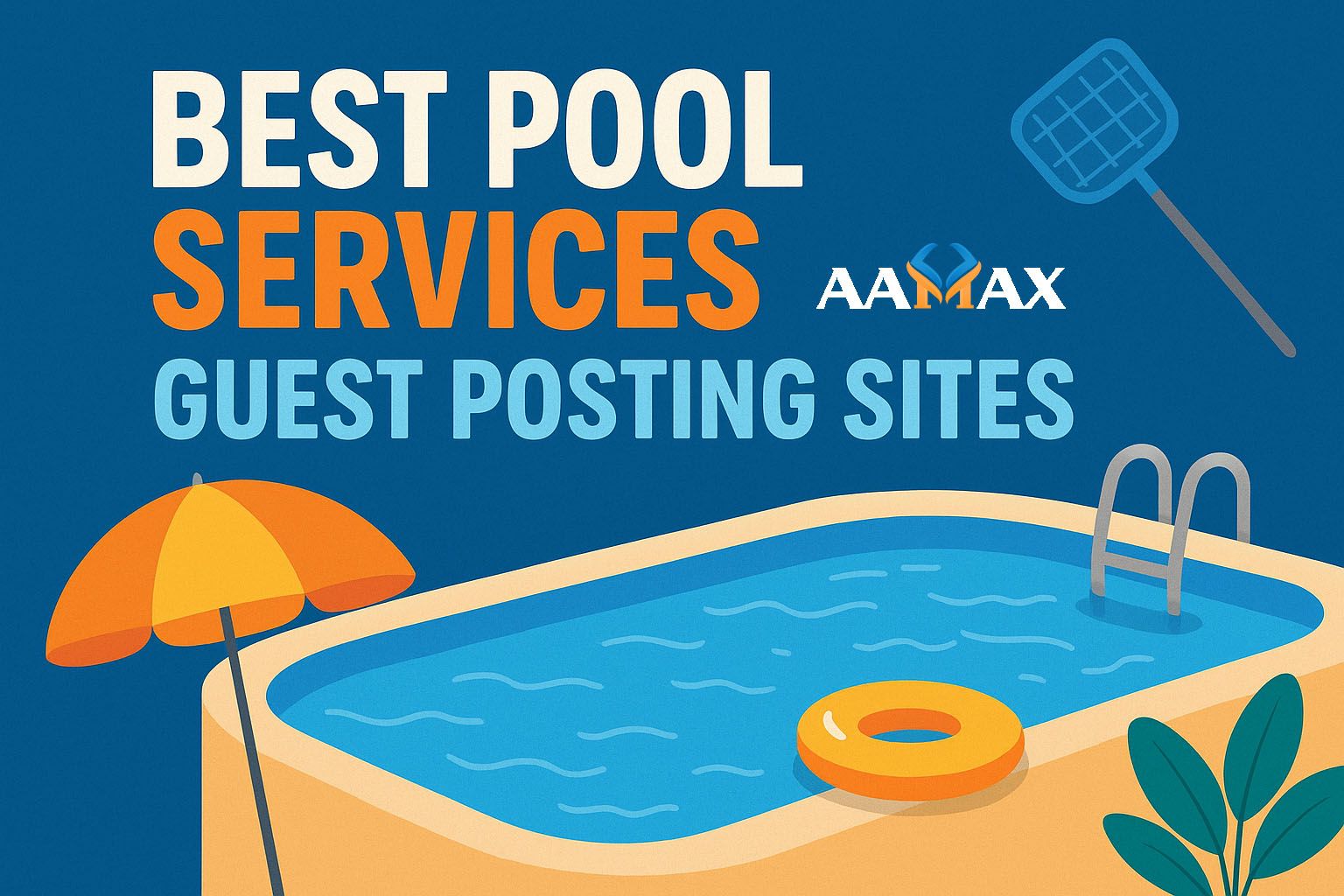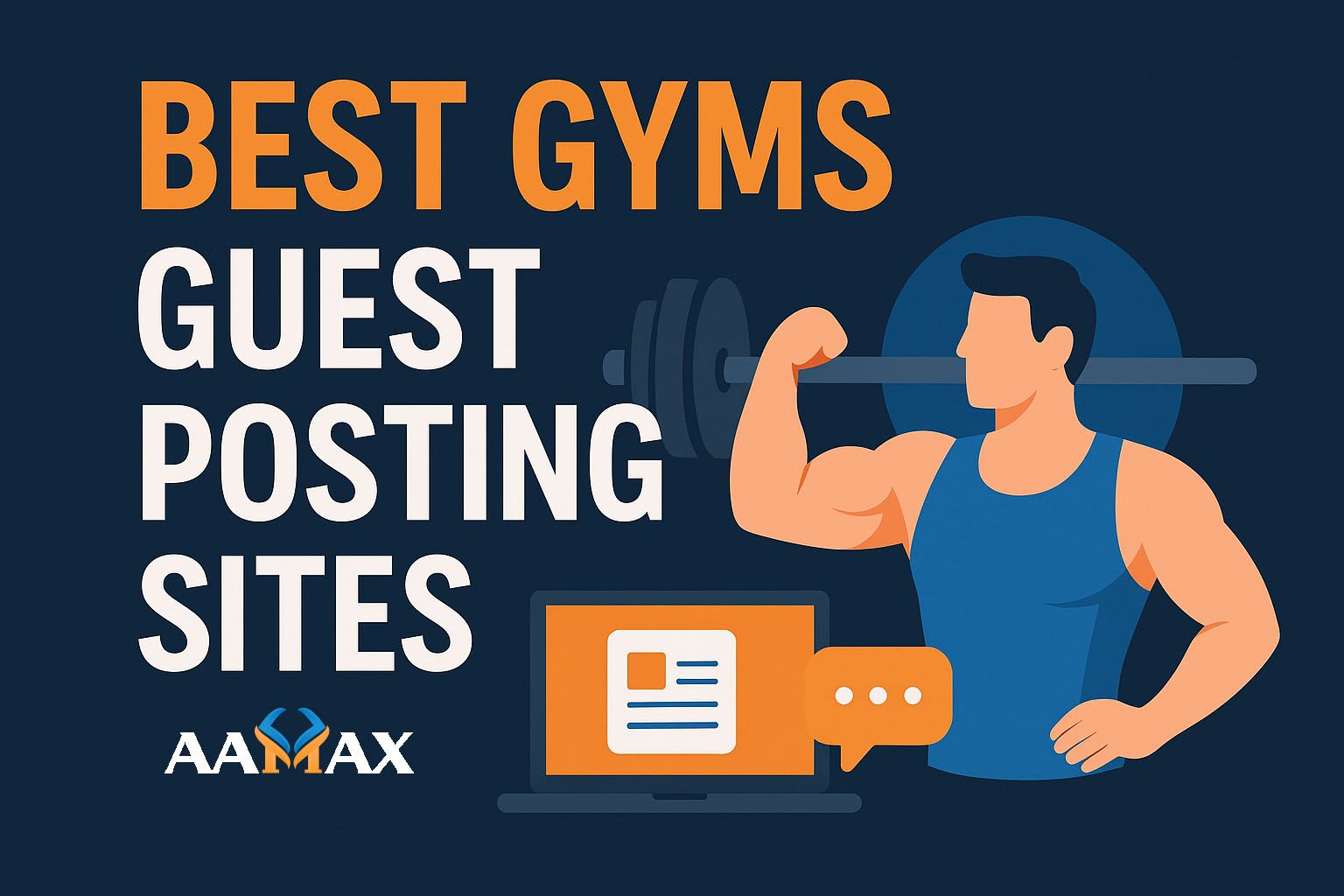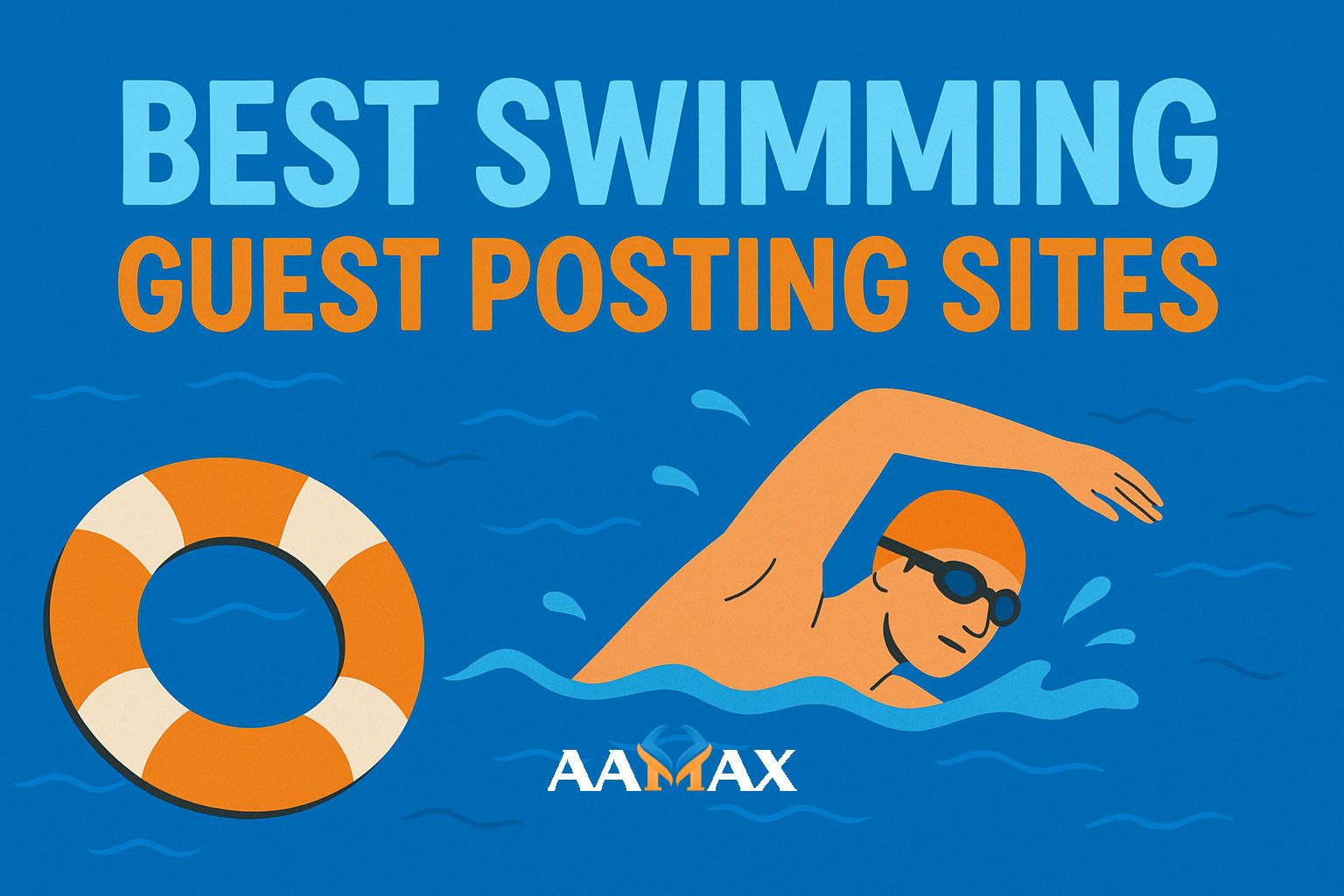
What Is a NoFollow Link? (Your Quick Guide to NoFollow Links)
In the world of SEO, links are like currency. They help search engines understand how important or authoritative a page is. But not all links are created equal. Some links pass on Search Engine Optimization (SEO) value, while others do not. This is where the concept of a NoFollow link comes into play.
If you’ve ever wondered what a NoFollow link is, why it exists, and how it impacts your website’s SEO strategy, this guide will break it all down in detail.
Understanding the Basics of NoFollow Links
A NoFollow link is an HTML attribute added to a hyperlink that tells search engines not to follow the link or pass authority (often called “link juice”) to the linked page. This attribute looks like this:
By adding rel="nofollow", the website owner signals to search engines like Google that they don’t want to endorse the linked website.
Why Were NoFollow Links Introduced?
NoFollow links were first introduced by Google in 2005 as a way to combat spam, especially in blog comments and user-generated content.
Before this, spammers would flood comment sections and forums with links to their websites to manipulate search engine rankings.
Google’s solution was to create the NoFollow attribute, giving webmasters a way to link to a site without passing on ranking power.
Difference Between DoFollow and NoFollow Links
It’s important to understand how NoFollow links compare to DoFollow links:
- DoFollow links: Standard links that pass SEO value and signal to Google that the linked site is trustworthy and relevant.
- NoFollow links: These links do not pass SEO authority and are essentially ignored in terms of rankings (though they may still drive traffic).
While the term “DoFollow” doesn’t technically exist in HTML, SEO professionals often use it to differentiate between normal links and those with a NoFollow attribute.
Types of NoFollow Attributes
Over time, Google expanded the rel attribute to give more context. Today, there are several variations:
- nofollow: Tells Google not to pass authority to the linked page.
- sponsored: Indicates that the link is part of a paid advertisement or sponsorship.
- ugc (User Generated Content): Signals that the link comes from user-generated content, such as blog comments or forum posts.
Although nofollow is still widely used, Google now treats these attributes as hints rather than strict directives. This means they might still crawl and consider NoFollow links in some cases.
When Should You Use NoFollow Links?
NoFollow links are not bad — they serve an important purpose. Here are common situations where NoFollow is used:
Paid Links or Sponsored Content
If you’ve been paid to include a link (such as through sponsorships or affiliate marketing), Google requires that you add the NoFollow or sponsored attribute to avoid penalties.
User-Generated Content
Blog comments, forums, and message boards are often filled with links posted by users. To prevent spam abuse, these links are usually tagged as NoFollow.
Untrusted Content
If you want to reference a website but don’t want to vouch for it, you can use a NoFollow link. This allows you to provide the resource without endorsing it.
Affiliate Links
Many affiliate links are tagged as NoFollow to comply with Google’s guidelines and maintain SEO integrity.
Do NoFollow Links Affect SEO?
This is one of the most common questions businesses ask. While NoFollow links don’t directly pass link juice, they can still have an impact:
- Referral Traffic: Even if they don’t boost rankings, NoFollow links can send visitors to your website.
- Brand Visibility: Getting mentioned on authoritative websites (even with NoFollow) can improve brand recognition and credibility.
- Natural Link Profile: A healthy website should have a mix of DoFollow and NoFollow links. Too many DoFollow links from suspicious sources can raise red flags.
So, while NoFollow links don’t hold the same SEO value as DoFollow links, they are still valuable for overall marketing and trust-building.
Benefits of NoFollow Links
Even though they don’t pass SEO authority, NoFollow links have important advantages:
- Safer Linking Practices: They help protect your site from being associated with spammy or low-quality content.
- Compliance with Google’s Guidelines: Using NoFollow for paid or sponsored content ensures you’re not violating Google’s rules.
- Traffic and Exposure: NoFollow links can still generate clicks and send traffic to your website.
- Building Relationships: Even if a website links to you with NoFollow, the connection can lead to future DoFollow links or partnerships.
How to Check If a Link Is NoFollow
You can easily check whether a link is NoFollow:
- Inspect the Source Code: Right-click a link, select Inspect, and look for
rel="nofollow". - SEO Tools: Tools like Ahrefs, SEMrush, or Moz can quickly identify NoFollow vs DoFollow links.
- Browser Extensions: Add-ons like NoFollow Simple highlight NoFollow links on a page.
Myths About NoFollow Links
There are several misconceptions around NoFollow links. Let’s clear them up:
-
Myth 1: NoFollow Links Are Useless
❌ False. They may not pass link equity, but they can still bring traffic and brand visibility. -
Myth 2: Google Ignores NoFollow Links Completely
❌ Not true. Google treats them as hints now and may still consider them in crawling or indexing. -
Myth 3: You Should Avoid NoFollow Links
❌ No. A natural backlink profile includes both DoFollow and NoFollow links.
Best Practices for Using NoFollow Links
If you’re running a website or blog, here’s how you can handle NoFollow links wisely:
- Always mark paid or sponsored links as NoFollow or sponsored.
- Use NoFollow in blog comments, forums, and user-generated areas.
- Don’t overuse NoFollow; balance is key for a natural link profile.
- Focus on creating high-quality content that earns DoFollow links, while accepting NoFollow as part of the mix.
How NoFollow Links Fit into Your SEO Strategy
A successful SEO strategy is not just about collecting DoFollow links. NoFollow links contribute to diversity, trust, and traffic. For example:
- A NoFollow link from a major news site can drive thousands of visitors.
- A NoFollow link in a blog comment may spark conversations and future collaborations.
- A balance of link types shows Google your backlink profile is natural.
In other words, NoFollow links still matter in building long-term authority and brand presence.
Final Thoughts on NoFollow Links
NoFollow links are not something to fear or ignore. Instead, think of them as tools in your SEO toolkit.
While they don’t directly improve search rankings, they bring credibility, traffic, and brand awareness — all of which matter for long-term growth.
For businesses, the best strategy is to build a healthy mix of DoFollow and NoFollow links while ensuring compliance with Google’s linking guidelines. This way, your website stays safe, authoritative, and visible in search results.
If you’re looking to develop a smart SEO strategy that balances link-building, content creation, and digital visibility, consider working with experts. You can AAMAX, a full-service digital marketing company offering Web Development, Digital Marketing, and SEO Services.
With the right team, you’ll be able to leverage both DoFollow and NoFollow links effectively while growing your online presence.







